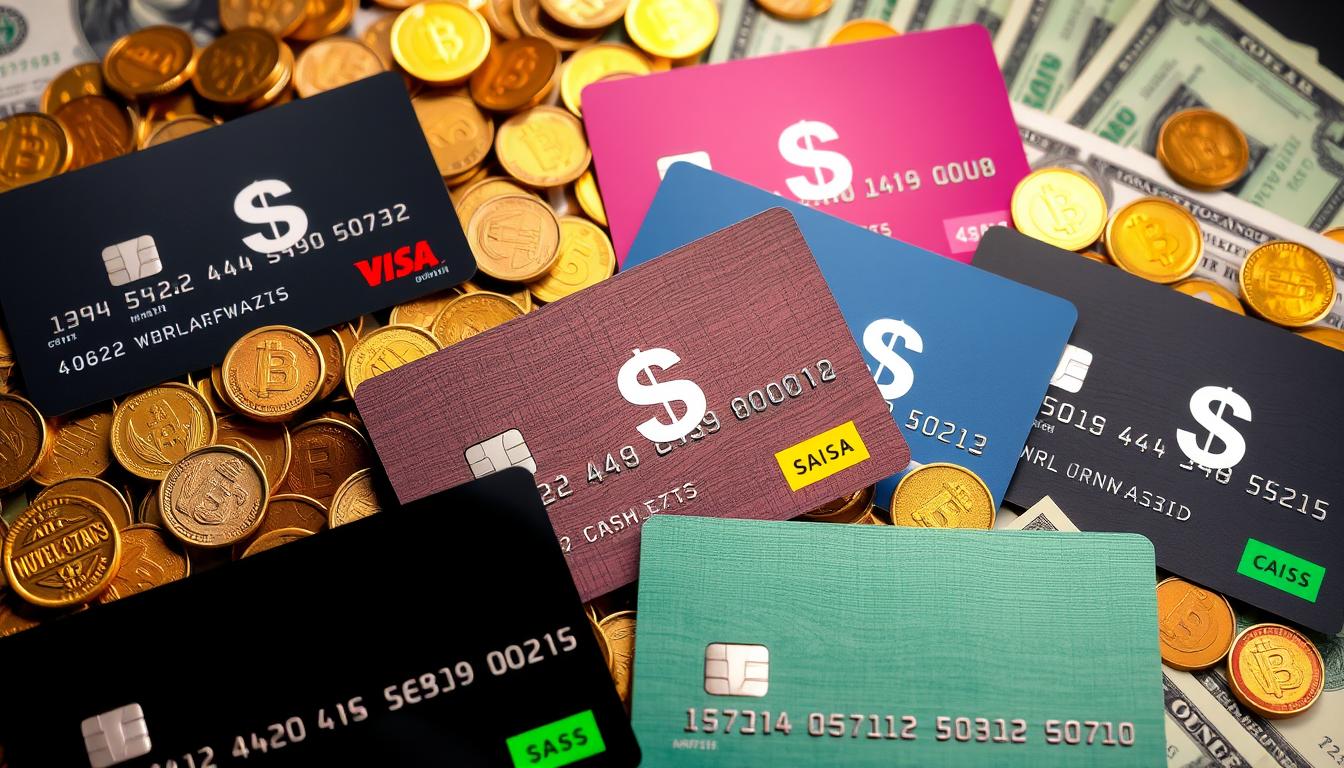Want a card for every occasion?
The Maldives is a stunning island nation located in the Indian Ocean. It’s known not just for its beauty, but also for its economy. It’s important to understand its Gross Domestic Product (GDP). This tells us how the country’s economy is doing and its growth potential.
Gathering knowledge about Maldives’ GDP is essential. It helps us understand the key parts of its economy. This guides policies and affects international relations too. In this article, we will dive into the economic trends and challenges of Maldives. We will also look at government policies that impact its future.

American Express Green Card

Overview of the Maldives’ Economy
The Maldives relies a lot on tourism, fishing, and shipping for its economy. It is now considered an upper-middle-income country, showing big economic growth over the years. Since 1980, the Maldives has shifted from old-school industries to focus more on services like tourism. This shift has really helped its economy grow.
Introduction to the Maldives’ economic framework
The Maldives is known for its stunning beauty, with tourism being incredibly important. Its beautiful landscapes draw in millions of visitors every year. Fishing and shipping also play key roles, creating a mixed economy that helps the country grow. Adding service sectors has opened the door for more investment and development, making the Maldives’ future look bright.
Significance of GDP in assessing economic health
GDP is super important for understanding the Maldives’ economy. It tells us the value of all goods and services made in the country. When GDP goes up, it means better living standards and more money for people. This attracts even more investments. By keeping an eye on GDP trends, people can make smarter choices about policies and investments.

Current Gross Domestic Product Metrics
In 2023, the Maldives’ GDP is around 6.60 billion USD. This number shows the country’s economic position and growth. It helps us understand the nation’s economic health.
GDP value as of 2023: 6.60 billion USD
The GDP for 2023 is 6.60 billion USD. This shows the Maldives has a smaller economy globally. The country’s economy depends mostly on tourism and fishing. These sectors, along with global trends, shape the GDP.
GDP’s percentage of the global economy
The Maldives’ GDP is about 0.01% of the world economy. This small share points out the nation’s challenges and opportunities. Especially with the world’s economic ups and downs.
Historical Trends in GDP
Looking back at the Maldives’ GDP, we see big changes and growth. Since 1980, there have been many highs and lows. These were caused by local and worldwide events. This look into GDP over time shows how strong the Maldivian economy is.
Historical GDP growth from 1980 to present
Since 1980, the Maldives’ GDP has really changed. On average, it was about 1.83 billion USD. But in 2023, it hit a high of 6.60 billion USD. This shows a strong bounce back from past economic problems.
The 2004 tsunami had a big effect, dropping GDP a lot. But the data shows the Maldives has recovered well from hard times.
All-time highs and lows in GDP
The GDP’s yearly changes show both good and tough times. The lowest point was in 1981, with just 0.04 billion USD. But in 2023, it reached a high of 6.60 billion USD. This shows the economy’s ups and downs and its chance to grow. It proves the Maldives’ GDP is full of movement and potential.
GDP Growth Projections for the Future
The future economy of the Maldives looks bright. Growth projections for GDP show a steady climb. This signifies a recovery period that could greatly change the country’s economic scene.
Expectations for GDP growth by 2025
By the end of 2025, the Maldives’ GDP is expected to hit around 6.85 billion USD. This boost is thanks to the rebound of the tourism sector. Tourism is vital to the nation’s wealth. The growth indicates faith in the comeback of travel and tourism after worldwide challenges.
Predicted trends through 2027
Forecasts point to the GDP reaching about 7.14 billion USD in 2026. It could rise to 7.44 billion USD by 2027. These jumps come from efforts to draw in foreign investments and major economic changes. These steps are crucial for keeping the growth going and making the Maldives’ economy stronger.
Breakdown of Economic Sectors Contributing to GDP
The Maldives’ economy is vibrant, with various sectors adding to its GDP. Tourism is the star, vastly influencing the country’s finances. It boosts economic growth and brings in lots of foreign cash.
Tourism: The backbone of the economy
Tourism makes up 28% of the Maldives’ GDP. Its massive contribution shows how vital it is, providing jobs and boosting other sectors. The beautiful beaches and unique attractions draw in crowds, making tourism the economy’s main support.
Fishing and its impact on GDP
Fishing is crucial in the Maldives, leading in exports. The rich marine life helps the fishing sector flourish, helping locals and the economy. It goes hand in hand with tourism, attracting visitors eager to experience famous fishing adventures.
Industry and agriculture contributions
Agriculture’s role is small due to space limits, but industry is making moves. Manufacturing and crafts add variety to the economy. Small industries help by processing local goods, which adds to the economy and brings in different income sources.
GDP Per Capita Insights
The GDP per capita in the Maldives is a key sign of the wealth each person has. By 2024, this number is likely to hit 17,287 USD, with tourism boosting it a lot. It helps us understand how well people are doing economically.
Understanding GDP per capita in the Maldives
The GDP per capita in the Maldives shows how economically healthy individuals are. It’s not just about average earnings. It also shows how the country’s economy is doing. The booming tourism industry has been crucial, raising incomes and improving living standards.
Comparative GDP per capita on a global scale
On a worldwide level, the Maldives ranks moderately in GDP comparison. This highlights income and development gaps with bigger economies. Though the Maldives is growing well, challenges in equality and accessing resources remain.
Significant Challenges Impacting GDP
The Maldives faces big hurdles that greatly affect its GDP, especially because of climate change. As a nation made up of low-lying islands, the threat from climate change is especially serious for its economy. The rising sea levels and more extreme weather hurt not only the environment but also the main industries that bring in money.
Impact of climate change on economic viability
Climate change is a big risk to the Maldivian economy. A lot of its GDP comes from tourism, which climate change could harm due to environmental damage. Losing beautiful beaches and coral reefs would make fewer tourists want to visit, cutting down on earnings. Fighting these effects of climate change means the government has to spend a lot, which is hard on their funds.
Socioeconomic issues: Poverty and inequality
Climate change and social problems together make the Maldives’ GDP challenges worse. About 8.2% of people there live in poverty, which holds back economic growth. There’s also a big gap in how wealth is shared, making it harder to reach sustainable growth. To handle these issues, the Maldives needs new ideas and government actions that help everyone grow economically.
Government Policies Influencing GDP
Government policies majorly shape the Maldives’ economy. They focus on smart fiscal steps and new tax ideas to keep the economy growing. Lately, the spotlight has been on policies that draw in foreign investment. This is crucial for boosting tourism and building better infrastructure.
Fiscal measures and taxation related to GDP
The Maldives has taken steps to better money management and spend public funds more wisely. Changes in GDP taxes aim to make a better business environment. This boost growth in many areas. The government is also updating tax laws to make sure they bring in enough revenue, are fair, and clear.
Foreign investments and economic reforms
Recent changes have helped bring in foreign investors. Finding the right mix of welcoming outside money and protecting local interests is key. More investment means more jobs and better infrastructure. This is great for the Maldives’ economy as a whole.
Conclusion
The Maldives economy is known for its lively mix of business and its weaknesses. This is especially true when we look at how much it relies on tourism and fishing. Understanding the country’s Gross Domestic Product, or GDP, highlights its strengths and flaws. These stem from its complex economy and how global changes impact it.
Climate change and social challenges pose big threats to its growth now and in the future. A detailed look at its GDP shows that strong government actions and sustainable practices are crucial. They are needed to build up the country’s ability to bounce back from challenges. It’s really important for the Maldives to adapt to the changing world economy. They also need to focus on making their main industries last long into the future.
The Maldives has a good chance of improving its economy. Looking ahead, finding ways to deal with weak spots will be key. This will help create a stronger economic future and keep the GDP growing smoothly. By working on these parts, the Maldives can aim for ongoing growth and a bright future.
FAQ
What is the current GDP of the Maldives?
How significant is tourism to the Maldives’ economy?
What factors influence the Maldives’ GDP growth?
How does the Maldives’ GDP compare globally?
What are some historical trends observed in the Maldives’ GDP?
What is the GDP per capita in the Maldives?
What are the main challenges faced by the Maldives’ economy?
How do government policies impact the Maldives’ GDP?
Conteúdo criado com auxílio de Inteligência Artificial



